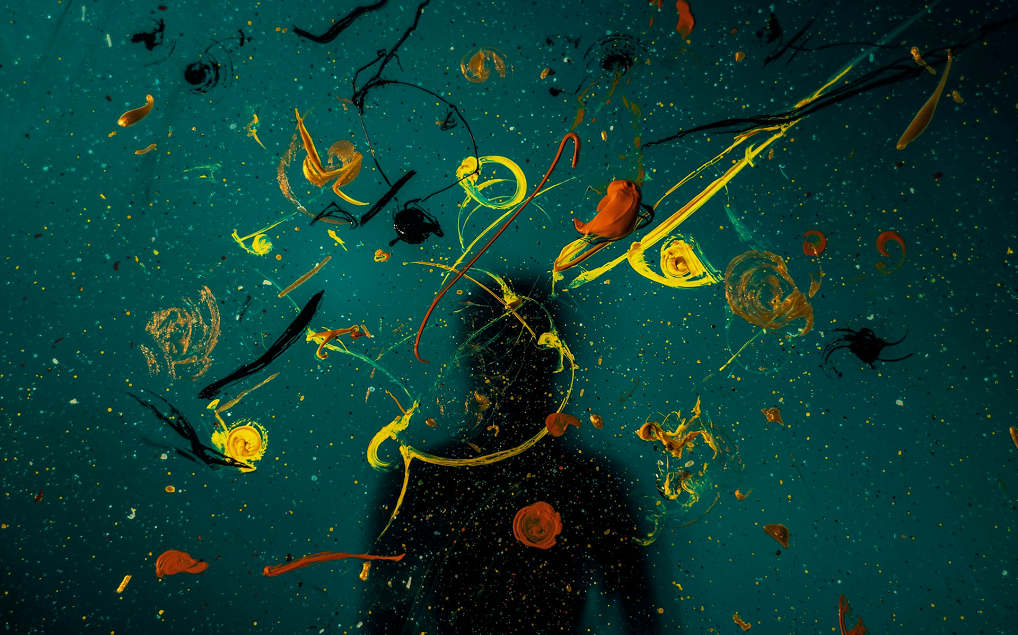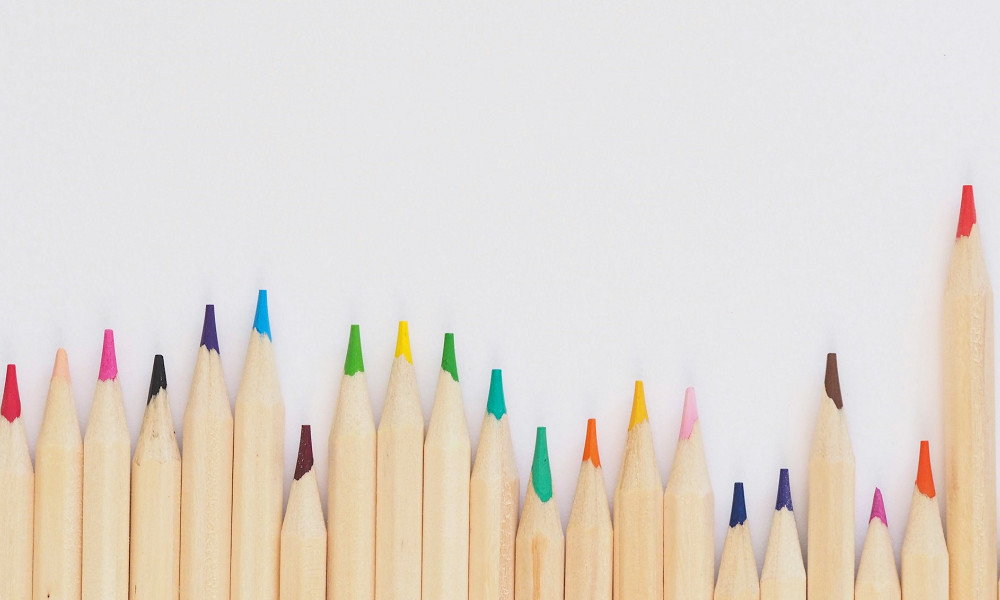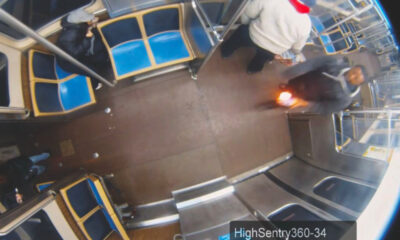Reviews
Art for Everyone: How Accessible Creativity Is Changing the Way We Decorate, Work, and Communicate

It’s strange how casually art slips into our routines now, almost without us realizing it. You might wake up, glance at a bright print on your wall maybe something whimsical like a piece from Tricia Robinson Art and not think twice about the fact that someone’s creative impulse has become the backdrop to your morning.
Or maybe you’re the type who decorates planners, laptops, even water bottles with sticker packs, tiny bits of color and expression that turn ordinary objects into something more personal. None of this feels like “art” in the traditional sense at first glance, but it adds a quiet warmth to the day all the same.
The accessibility of these small creative touches is what makes them so interesting. They don’t require formal training or a studio. They don’t ask you to visit galleries or understand art history. They slip in through digital storefronts, social feeds, and the handmade markets that seem to pop up everywhere now. Art just… arrives. And because of that, people are engaging with it in ways that feel casual, intuitive, almost instinctive, whether they consider themselves artistic or not.
The Everyday Influence of Accessible Decor
One of the most overlooked things about modern design is how much of it emerges from creators who work outside traditional institutions. You see their pieces in kitchens, home offices, hallway corners spaces once filled with generic prints or blank walls. Now, people look for pieces that feel like them, not pieces that fit into a formula. Maybe it’s a burst of color in an otherwise neutral room, or a small sketch propped beside a laptop that makes work feel less mechanical.
What changed is not just availability but mindset. The barrier that used to separate “real art” from the everyday home has thinned dramatically. People collect prints the same way they collect books or playlists. Some even rotate artwork with the seasons or their moods. The idea that art should be reserved for special rooms or special occasions feels outdated now. It’s something you live around, not just something you display.
Creativity at Work, Even in Unexpected Places
Workspaces both remote and traditional have absorbed this shift too. A plain desk becomes less plain when it holds a postcard print or a set of decorative stickers marking up a planner with a bit of personality. These small touches aren’t frivolous; they make long days feel more humane. They soften the digital edges of modern work.
People who once felt awkward about personalizing their desks now lean toward it naturally. A pinned illustration here, a bright notebook there. It’s not about showing off taste. It’s more like giving the mind someplace gentle to rest during a long stretch of focus. Even teams have started weaving creative elements into their workflow visual planners, illustrated mood boards, shared inspiration catalogs. Creativity becomes a communication tool, not only a decorative one.
Communication Becoming More Visual

What’s fascinating is how visual expression has become a kind of shorthand for connection. People send each other digital illustrations, reaction stickers, custom icons forms of communication that never existed in the workplace twenty years ago. A simple drawing can convey tone more clearly than a paragraph of text. A stylized graphic summary of an idea sometimes lands better than a long email.
The rise of accessible creativity has blurred the boundary between art and communication. Someone who never considered themselves “artistic” finds themselves adding color to presentations or doodling ideas during calls. Another shares a visual note that sparks a better discussion than a spreadsheet would have. It’s subtle, but it changes the flow of work and makes it more human.
The Soft Rewriting of How We Live With Art
What’s happening isn’t a trend so much as a quiet shift in how people interact with creative expression. Art isn’t something you need to justify anymore. You don’t have to be a collector, a designer, or someone with a deep understanding of techniques. You can simply enjoy it. You can turn blank spaces into small celebrations of personality. You can express yourself in tiny moments through a sticker on a water bottle, a print taped to a fridge, a hand-drawn border on a weekly calendar.
Everyday creativity reshapes how we decorate, how we work, how we communicate, and even how we see ourselves. Not loudly. Not all at once. More like a gradual coloring-in of the parts of life that used to feel plain.
According to the National Endowment for the Arts, participation in everyday creative activities has risen steadily in the past decade, revealing a widespread shift toward casual, accessible forms of expression that influence both home and workplace culture.

-

 World1 day ago
World1 day agoEthiopian volcano erupts for first time in thousands of years
-

 Legal1 week ago
Legal1 week agoMichigan man JD Vance sentenced to 2 years for threatening Trump and JD Vance
-

 Politics1 week ago
Politics1 week agoU.S. to designate Maduro-linked Cartel de los Soles as terrorist organization
-

 Health1 week ago
Health1 week agoCambodia reports fatal H5N1 bird flu case in 22-year-old man
-

 Legal5 days ago
Legal5 days agoWoman in critical condition after being set on fire on Chicago train
-

 World5 days ago
World5 days agoHurricane Melissa registered 252 mph wind gust, breaking global record
-

 Politics1 week ago
Politics1 week agoEpstein survivors release PSA calling on Congress to release all files
-

 Legal4 days ago
Legal4 days agoSuspect in San Diego stabbing shot by authorities after fleeing into Mexico




